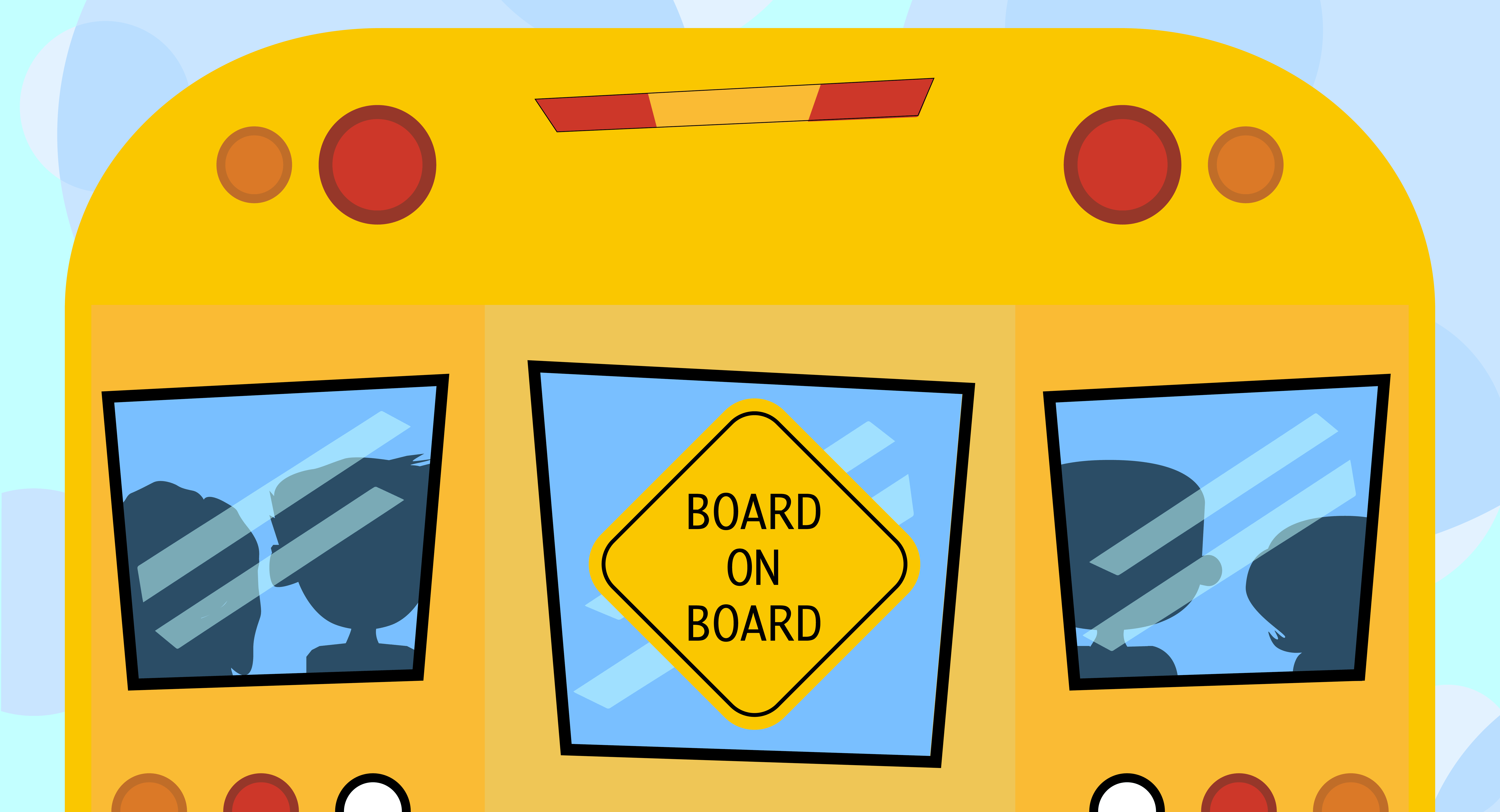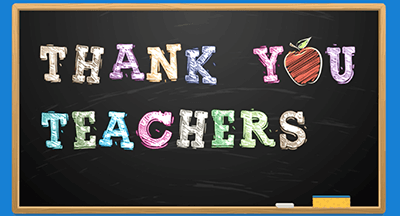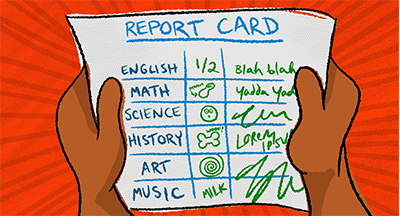
It takes a village to run a public school district. Harmony is the goal, but in turbulent times like these, tension arises quickly. As communities navigate changes and challenges, defining roles, finding common ground, and knowing limits can help mitigate conflict.
First: Understand and accept responsibilities
(We understand this may be old hat to some readers—skim ahead to the next section if so!)It’s best to define expectations early on (now is good if it hasn’t yet been done). In a nutshell for those unaware, school boards typically set policy, while district administrators led by superintendents make policy happen.
There’s a separation in these roles for a reason. School boards are overwhelmingly elected officials—north of 90 percent are chosen by voters in the communities they serve. In some regions, school board members may be appointed by elected officials, including mayors, especially when the district is struggling. And while most school board members are elected, turnout in these ultra-local elections might not top 10% of the population.
The two leadership teams have different roles but need to share the same priorities.
What is the board’s goal?
The school board exists to make decisions about the district as a whole. They may vote and rule on buildings, resources, and purchases. Their influence can guide instruction for a generation of local students.The board creates or upholds a vision for the success of an entire school district. They enact policies that will make the vision a reality. They select resources, textbooks, online programs, and information systems that will support educators in the district. Along the way, they listen to their community and reconcile those priorities with the goals and vision they have set.
What is the superintendent’s goal?
The superintendent takes the policies, resources, and goals the school board has selected and, with the help of their teams at all levels of leadership, gets to work implementing them for the benefit of students. The board has likely had a hand in selecting the superintendent they’ll work with, so ideally the relationship is off to a healthy start.Some school boards create a specific position for an individual on the board to be the go-between for the superintendent to communicate effectively with the board. This can be a good thing, since it narrows the communication to one-on-one. It can also present a challenge if the appointed liaison's communication skills need improvement.
Next: Find common ground
Both the superintendent and the board work closely together to figure out the best path forward for the district. This might not always be clear-cut though, and there are plenty of opportunities for disagreements.Know when to compromise or yield
Defining roles can help with determining when to push for change and when to stick with the existing plan. While honoring procedures set in place, ensure all parties are able to speak their piece.By the definition of roles, policy implementation should return to the vision and goals set in place by the board to guide decision-making. This provides a baseline to measure how well the district is progressing and how effective the policies set by the board have been in improving student outcomes.
It feels a bit like a chicken and egg situation, but the truth is, both policies themselves and policy implementation can be done well or poorly. Short of getting a third, neutral party involved to consult, both board members and district administrators must be willing to self-reflect before pointing fingers.
What to do when an impasse strikes
What happens when the school board needs an update? Just because the superintendent and their team are focused on the implementation side of policy doesn’t mean they must keep mum when the vision isn’t working. The board’s vision and decisions are made before the resources and policies are tested. Not every decision will be a slam dunk, and not every unpopular policy is unhealthy.Who mediates a disagreement? In short, this should be decided long before any conflict emerges. Then it is crucial for communication to remain transparent and professional, minimizing any outside conflicts of the superintendent or their team, family, and community members. When all is said and done, professional, documented debate is far more productive and fondly remembered than hearsay, mudslinging, and breach of confidentiality.
At the end of the day, the best road forward will benefit students and families within the district. The board and the superintendent have this communal goal in mind, and despite the many roads to success, deciding on one that will have the greatest positive impact is at least a good first step.
Then: Community input for everyone
The whole point of having a school board is to elect members to speak on behalf of the community. Still, it doesn’t hurt to ask for additional community feedback during deliberation.Superintendents can help this process by inviting families to attend school board meetings. The advent of virtual meetings makes this way more accessible to working and parenting community members. By simply extending the invite and raising awareness, more parents may choose to get involved with school board decisions.
Next, take it one step further and encourage the student council to nominate a school board liaison. This experience can be invaluable for students looking to serve their communities and pursue public office. Local government has a huge impact on schools, so why not invite students to witness and influence the impact? After all, the next generation of leaders is roaming the halls of your school district right now (don’t worry—they’re in excellent hands).
It’s impossible to summarize the complex workings of a school board and district in one article. The primary takeaway is to agree early on to an appropriate set of roles and stick with them.
At least the teams involved can agree: their efforts all contribute toward the greater good of student outcomes in the shared community.
Follow-up resource: Questions for superintendents
If your superintended search is underway, consider these four questions in your conversations.WHAT'S NEXT FOR YOUR EDTECH? The right combo of tools & support retains staff and serves students better. We'd love to help. Visit skyward.com/get-started to learn more.

|
Erin Werra Blogger, Researcher, and Edvocate |
Erin Werra is a content writer and strategist at Skyward’s Advancing K12 blog. Her writing about K12 edtech, data, security, social-emotional learning, and leadership has appeared in THE Journal, District Administration, eSchool News, and more. She enjoys puzzling over details to make K12 edtech info accessible for all. Outside of edtech, she’s waxing poetic about motherhood, personality traits, and self-growth.




